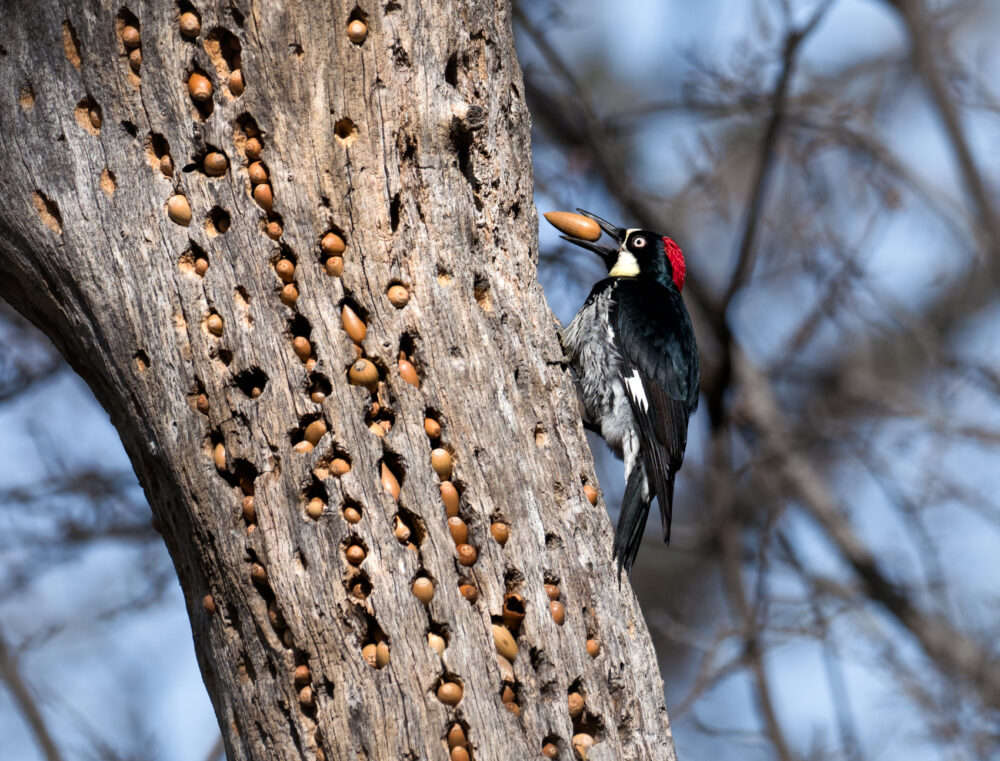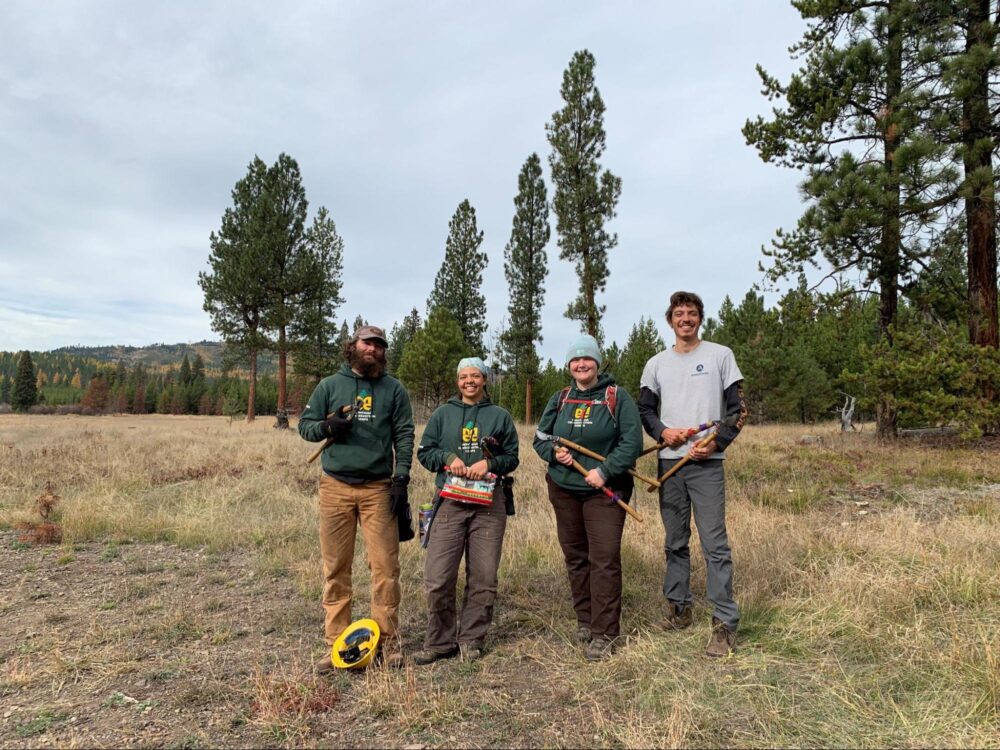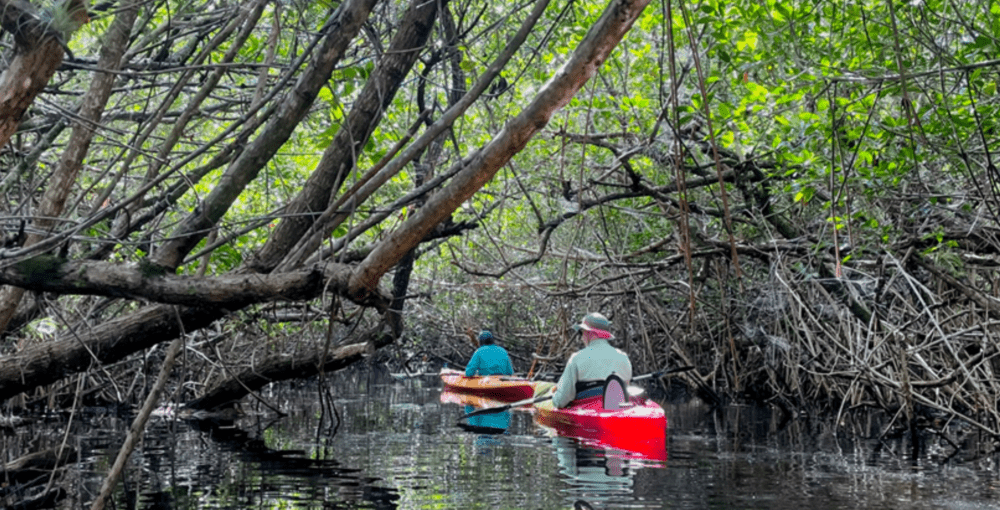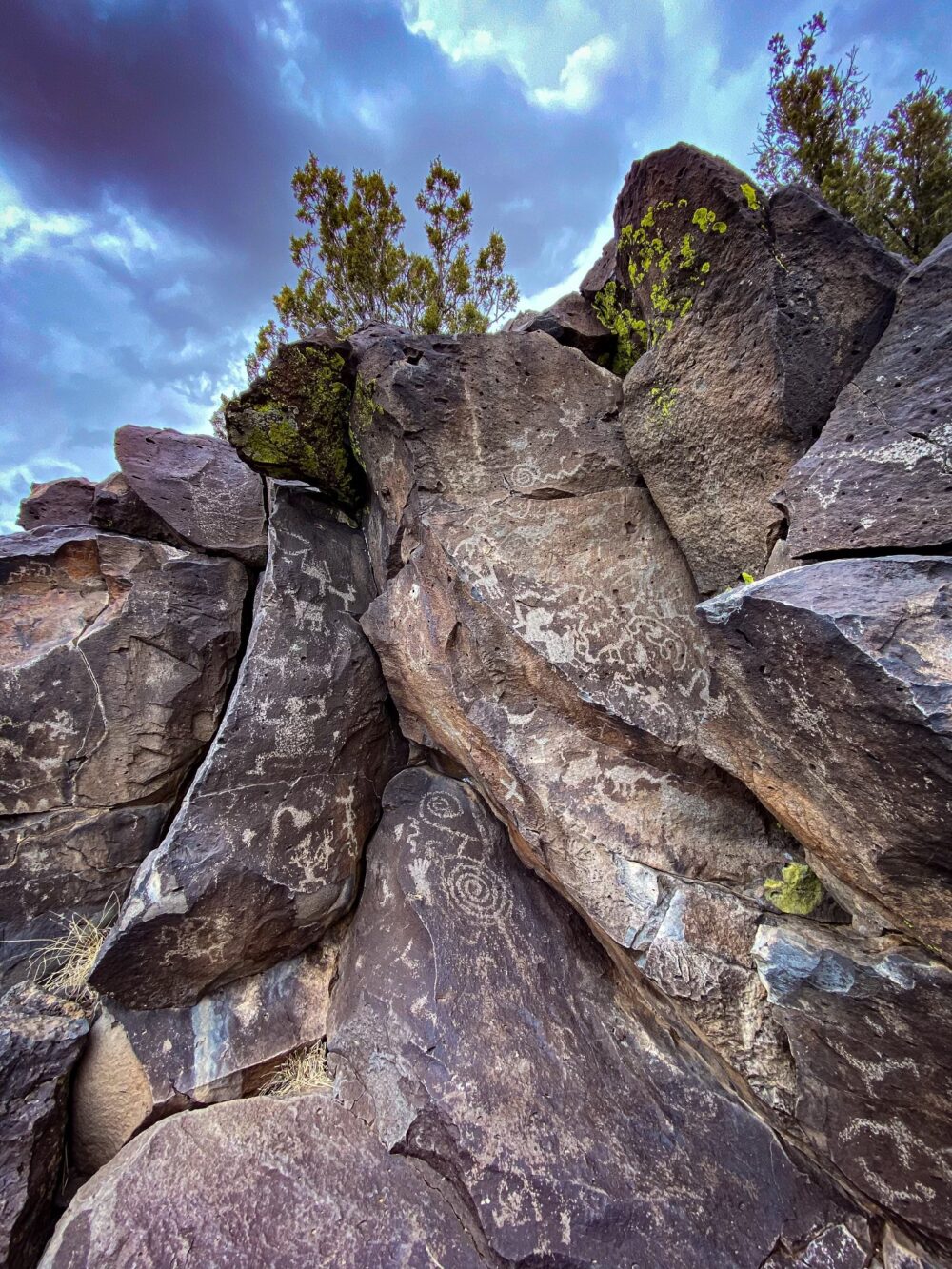We have much more to do and your continued support is needed now more than ever.
A Look Back at Our Most Popular Photos of 2014
There’s no question that photography is essential to protecting wildlife, and conservation in general. A photo can inspire action or transform information into a visual experience. We’re absolutely thrilled when our social communities enjoy a photo enough to pass it along to their friends and family. Last year, we compiled our most popular Facebook photos, and we’ve done it again for 2014! This year we’ve added popular photos from our other social communities as well, like Twitter, Instagram, Google+ and Pinterest. Let’s begin with the most popular Facebook photo for each month in 2014.
January 2014
The year began with a huge snowy owl irruption. We shared that Arctic owls survive subzero temperatures — and can show up in unexpected places as a result.

February 2014
New data showed that the yearly winter migration of monarchs was once again dwindling. Experts pointed to three major reasons for the decline: changes in weather and climate, illegal deforestation, and midwestern agriculture. Additionally, the post offered ideas on how to help monarchs in your backyard.

March 2014
This post described the strong appetites of manatees. Although they only eat plants, manatees can eat more than 100 pounds per day!

April 2014
This was one of our wildlife photos of the week titled, “Raise Your Paw.”

May 2014
This was a photo we used to kick off National Wildflower Week. We shared advice on how to bring the beauty of the wilderness to your yard, while helping wildlife, with native plants.

June 2014
We shared this photo as part of a collection of 21 photos of wildlife in action, a way to introduce folks to our annual National Wildlife Photo Contest.
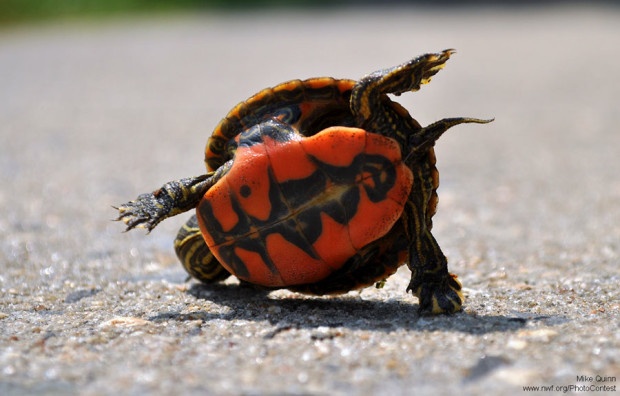
July 2014
With summer in full swing, fireflies were illuminating night skies across the country. We shared that bioluminescence in fireflies is nearly 100% efficient, meaning that little energy is wasted to produce their light. By contrast, an incandescent light bulb is only 10% efficient — 90% of the energy is lost as heat.

August 2014
We professed that “we’re into cougars” in honor of World Cat Day. You might be, too, after you read the mountain lion facts we shared.
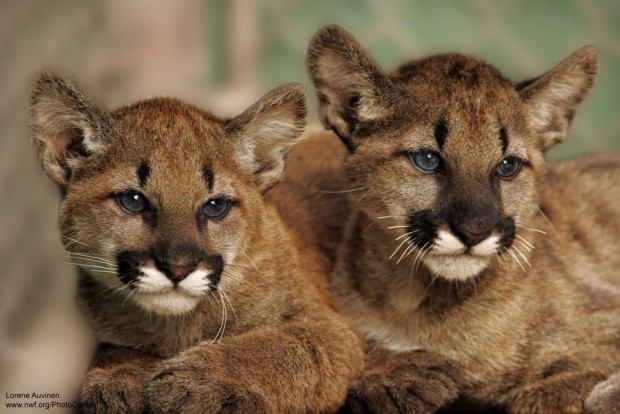
September 2014
As we entered the fall season, this post explained the science behind brilliant autumn leaves, and why they fall.

October 2014
We wished everyone a Happy Halloween and to consider recycling their pumpkins for wildlife with these tips.
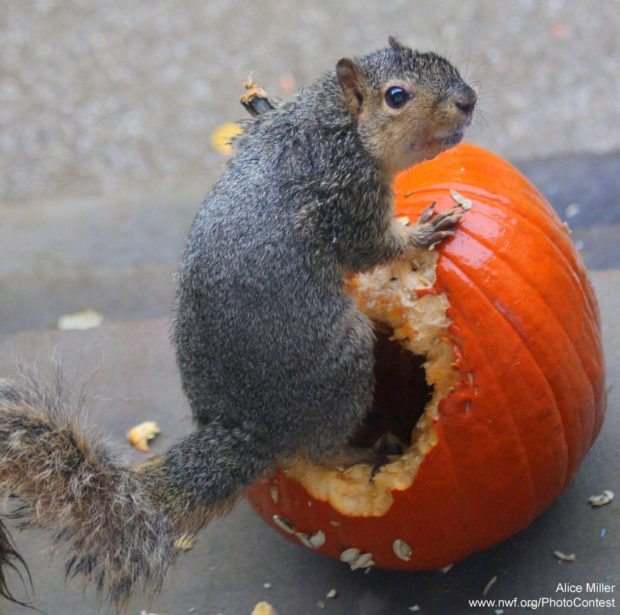
November 2014
Our post in honor of Thanksgiving read, “Hope everyone enjoys their time with friends & loved ones!”

December 2014
We wished our community a “Happy Holly-days” and shared that berries from native plants help birds weather the long, cold winter. And, as it turns out, hollies are among the best winter berry plants.

Top 5 Photos from Twitter in 2014
Happy Mother's Day! Give your mom a bear hug today. pic.twitter.com/7JQga8YOiK
— National Wildlife (@NWF) May 11, 2014
Bison help other wildlife thrive in winter by digging through the snow & exposing vegetation. http://t.co/j0xGphjcKt pic.twitter.com/il0CPPkxvx
— National Wildlife (@NWF) January 27, 2014
It's International Migratory #BirdDay! Here are 10 ways to help declining migratory birds: http://t.co/VwWONNs4uB pic.twitter.com/niG9pXnw8h
— National Wildlife (@NWF) May 10, 2014
A baby porcupine is called a porcupette. pic.twitter.com/b5lTYMyrPT
— National Wildlife (@NWF) June 26, 2014
Today is Penguin Awareness Day! Test your penguin & Antarctica knowledge with this crossword: http://t.co/qTO4mbQU2F pic.twitter.com/sMmqhBd7pG
— National Wildlife (@NWF) January 20, 2014
As we continued our Wildlife Selfies series on Instagram, this great horned owl was the most popular of the year.
Google+
We shared that great horned owls feed on practically any living thing, including frogs, scorpions, squirrels, ducks & bats. This post from February was the most popular on Google+ in 2014.

This year was the 50th Anniversary of the Wilderness Act. We shared that it all began with 9 million acres in 1964, and now protects 109 million acres of wildlands. This post to celebrate the birthday of the Wilderness Act was the most liked on LinkedIn for the year.

The most re-pinned photo in 2014 is of this adorable wood duckling jumping from its nest box. The pin linked back to a blog about wood ducks and some of their fascinating behaviors, explaining that there is no reason to worry when ducklings jump, because they bounce!

Looking for More?
We’d love to have you join our social communities! They’re great places to share photos and articles & connect with others who care about the well-being of wildlife. Follow us on Facebook, Twitter, Pinterest, Instagram and more to stay up to date on the latest wildlife news and for gorgeous nature photography.
![]() If you’re looking to be more connected and informed, we’d love to have you become a member. You’ll receive the award-winning National Wildlife magazine and a monthly newsletter. And, of course, your contribution will help us protect wildlife.
If you’re looking to be more connected and informed, we’d love to have you become a member. You’ll receive the award-winning National Wildlife magazine and a monthly newsletter. And, of course, your contribution will help us protect wildlife.
Thank you to all those photographers who have generously donated your photos to NWF, we wouldn’t be able to communicate as effectively or broadly without your wonderful images. You truly impact the work we do to protect wildlife!


